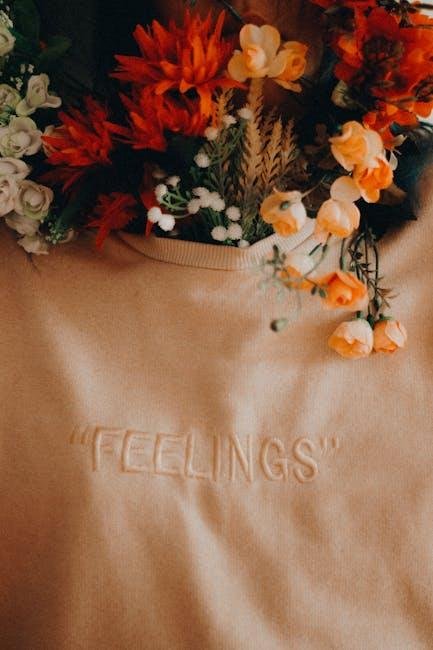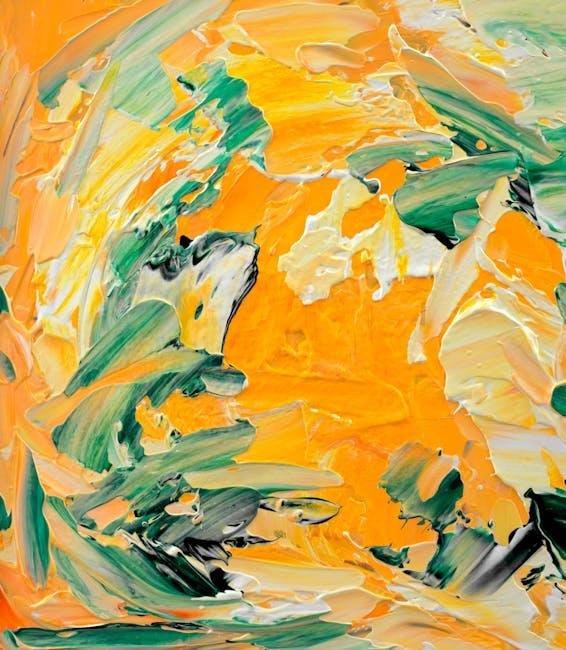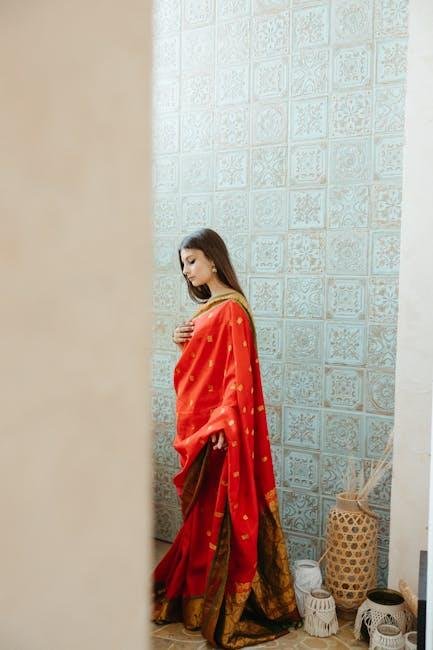How to Define Your Personal Interior Style: A journey of Finding
in a world where our surroundings often reflect our inner selves, teh quest to define a personal interior style can be both an exciting adventure and a profound journey of self-discovery. Just as fashion is a canvas for our individuality, the spaces we inhabit offer a unique opportunity to express our tastes, values, and experiences.Whether you find solace in minimalist aesthetics, are drawn to the warmth of rustic elements, or crave the vibrancy of eclectic décor, defining your personal style is not merely about choosing colors and furnishings—it’s about curating an surroundings that resonates with your spirit.
In this article,we will embark on a thoughtful exploration of how to unlock your interior style,delving into the principles of design and the nuances of personal preference. From understanding the emotional impact of different styles to uncovering the role of functionality in your space, we’ll provide a roadmap to help you navigate the vast landscape of interior design. Prepare to discover what truly speaks to you, as we guide you through the process of transforming your living spaces into authentic reflections of who you are.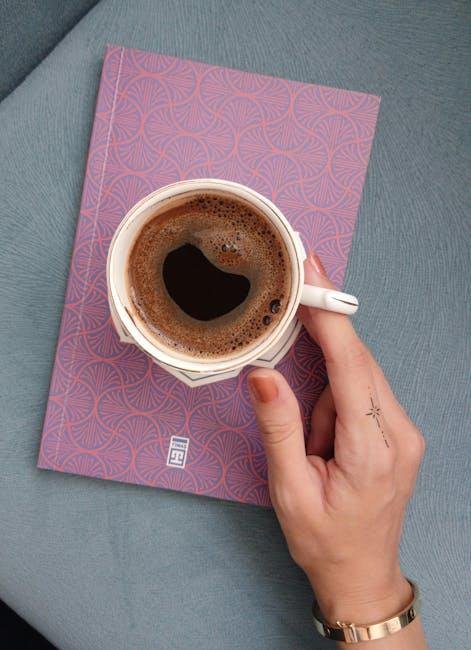
Exploring Aesthetic Inspirations to Uncover Your Style
To embark on the journey of defining your personal interior style, it’s essential to gather *aesthetic inspirations* from various sources. Start by exploring diverse design elements that resonate with you. Consider visiting:
- Art Galleries – draw inspiration from colors and textures in artworks.
- nature – Observe organic shapes and palettes that evoke tranquility.
- Interior Showrooms – Experience firsthand how different styles are showcased.
- Social Media platforms – Curate a mood board from visuals that excite you.
Next, analyze what captures your attention most profoundly. Create a personal style guide that includes:
| Element | Example |
|---|---|
| Color Palette | Soft pastels infused with pops of vibrant hues |
| Furniture Style | Mid-century modern paired with rustic accents |
| Textures | Combining sleek metals with cozy textiles |
By thoughtfully compiling these elements, you’ll begin to unveil the nuances of your unique aesthetic and how they manifest within your living space.

Identifying Core Elements That Reflect Your Personality
To establish a personal interior style that truly resonates with you, it’s crucial to explore and identify the core elements that embody your personality. Consider how the following aspects play a role in your life and decisions:
- Color Preferences: what shades draw you in? Cool blues and greens can evoke calmness, while warm reds and oranges may inspire energy.
- Textures and Materials: Are you drawn to the softness of fabrics such as velvet and cotton, or do you prefer the sleekness of metals and glass?
- Patterns: Do you favor bold prints and florals or minimalist designs? Your taste in patterns can significantly influence your space.
- Personal Interests: Incorporate elements from your hobbies, be it art, travel, or nature, to add a sense of authenticity to your interior.
- Sentimental Items: Include cherished pieces from your past that tell a story or represent notable moments in your life.
Creating a visual depiction of your style will help clarify these choices. Craft a mood board utilizing color swatches, fabric samples, and images of spaces and furniture that resonate with you. Use a simple table to summarize key elements and how they reflect your personality:
| Element | Personal Reflection |
|---|---|
| Color | Expresses emotions and sets the tone of your space. |
| Texture | Conveys comfort and style, creating inviting atmospheres. |
| Pattern | Adds visual interest and can define different areas. |
| Interests | Reflects your passions and adds a unique touch to your home. |
| Sentiment | Brings personality and warmth through meaningful items. |
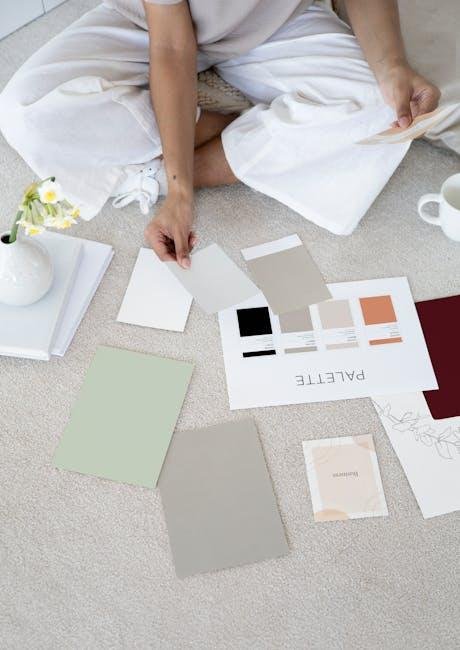
Creating a cohesive Color Palette for Your Space
When it comes to curating the perfect color palette for your space, understanding the psychological impact of colors is essential. Each hue has the power to evoke emotions and establish moods, helping to transform your environment. Start by choosing a base color that resonates with your personality and reflects the essence you want your space to convey. as a notable example, soft blues can infuse tranquility, while rich reds may stimulate energy. From your base, you can build a palette by adding complementary accent colors to create depth and interest. Consider these suggestions for your palette:
- Neutral Tones: To ground your design and allow other colors to pop.
- Accent Colors: Contrasting shades that highlight focal points.
- Analogous Colors: Colors that sit next to each other on the color wheel for a harmonious look.
Once you’ve formulated your core colors, it’s beneficial to visualize how they will interact within your space. Create a Mood Board or utilize paint swatches to see how different shades look together in your lighting. The balance between bold and subtle tones can significantly affect the overall feel. A simple table can help you maintain clarity about which colors belong in your palette:
| Type | Color | Emotion Evoked |
|---|---|---|
| Base | Soft Blue | Calmness |
| Accent | Vibrant Yellow | Cheerfulness |
| Neutral | Warm Gray | Stability |
Incorporate these insights, give your palette time to breathe within the space, and ensure each color is represented in proportions that feel balanced. Achieving a cohesive color palette is not just about aesthetics; it’s about creating a backdrop that reflects your personal style and enhances your everyday life.
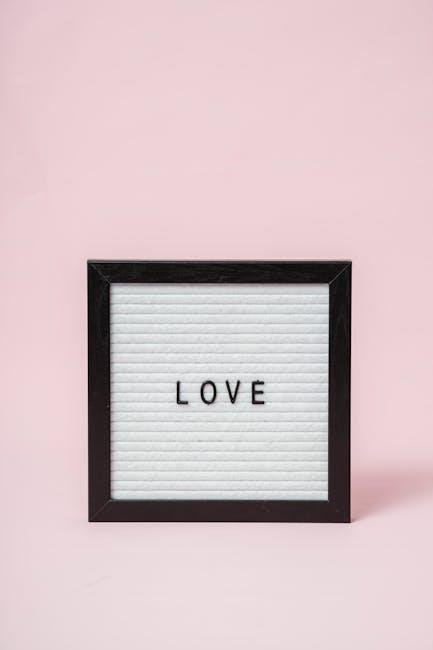
Curating Meaningful Decor: Balancing Function and Expression
Creating a space that not only serves a practical purpose but also resonates with your personal aesthetic can transform your home into a sanctuary. Consider starting with the functionality of essential items; everyday objects like furniture and storage solutions should harmonize with your style. Think of incorporating multifunctional pieces that not only contribute to the room’s utility but also make a statement.As an example, a coffee table that doubles as storage can keep clutter at bay while displaying art books or decorative trays. Integrating sleek lines or organic shapes can evoke a feeling of calm or energy, respectively, allowing your environment to reflect your inner vibe.
To add layers of expression, focus on textures, colors, and personal artifacts that tell your story. Utilize materials that resonate with your lifestyle, such as the warmth of reclaimed wood or the sleekness of metal. Play with a mix of finishes—combine glossy with matte or soft with hard to give depth to your decor. Create vignettes with meaningful objects: a collection of travel souvenirs, family heirlooms, or artisanal crafts can serve both functional and aesthetic purposes. Don’t shy away from color; choose a palette that inspires you and add accents through throw pillows or artwork. Below is a simple table summarizing key elements in balancing function and expression:
| Element | function | Expression |
|---|---|---|
| Furniture | Provide comfort and utility | Set the tone of the room |
| Textures | Add visual interest | Convey emotions |
| Colors | Influence mood | Showcase personality |
| Decor Items | Functionality and aesthetics | Tell your story |
Key takeaways
As we draw the curtain on our exploration of defining your personal interior style, remember that this journey is uniquely yours. Your space is a canvas, patiently waiting for your story to unfold through color, texture, and form. Embrace the process of discovery, allowing your tastes to evolve while remaining true to what resonates with you. Each decision, from the smallest decor piece to the largest furniture selection, contributes to a harmonious narrative that reflects your individuality.
Whether you find joy in the cozy embrace of rustic charm, the sleek lines of modern minimalism, or the vibrant hues of eclectic design, trust in your instincts. Let your living environment be an expression of who you are, a place where comfort meets creativity.As you step forward, keep in mind that defining your personal interior style is not just about aesthetics—it’s about creating a sanctuary that nurtures your spirit and inspires your daily life. So, take a breath, gather your inspirations, and transform your space into a true reflection of you. Happy decorating!


